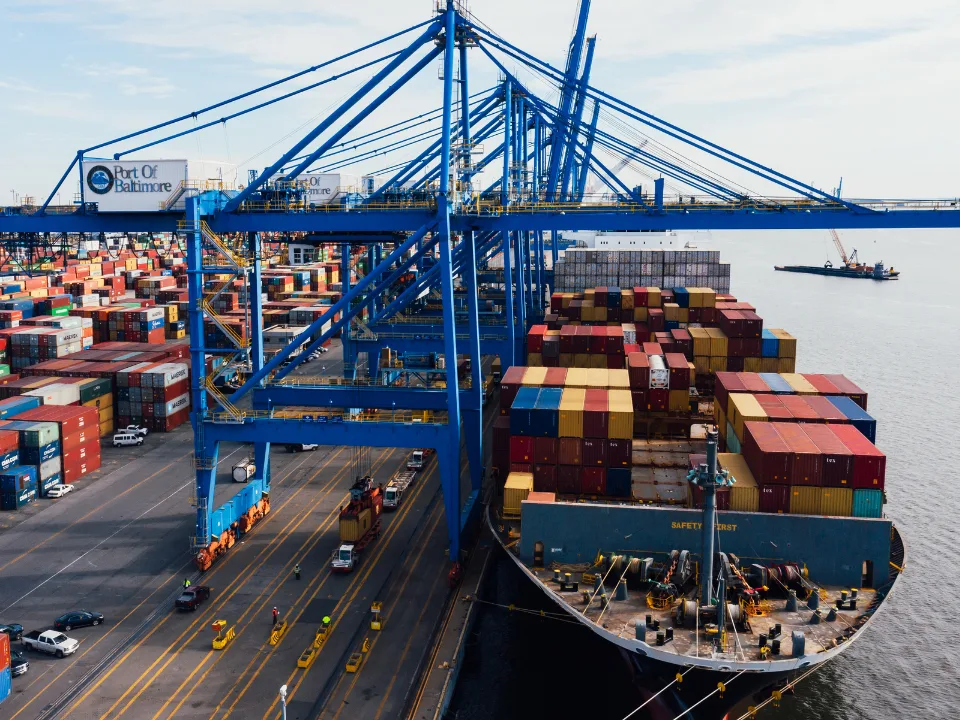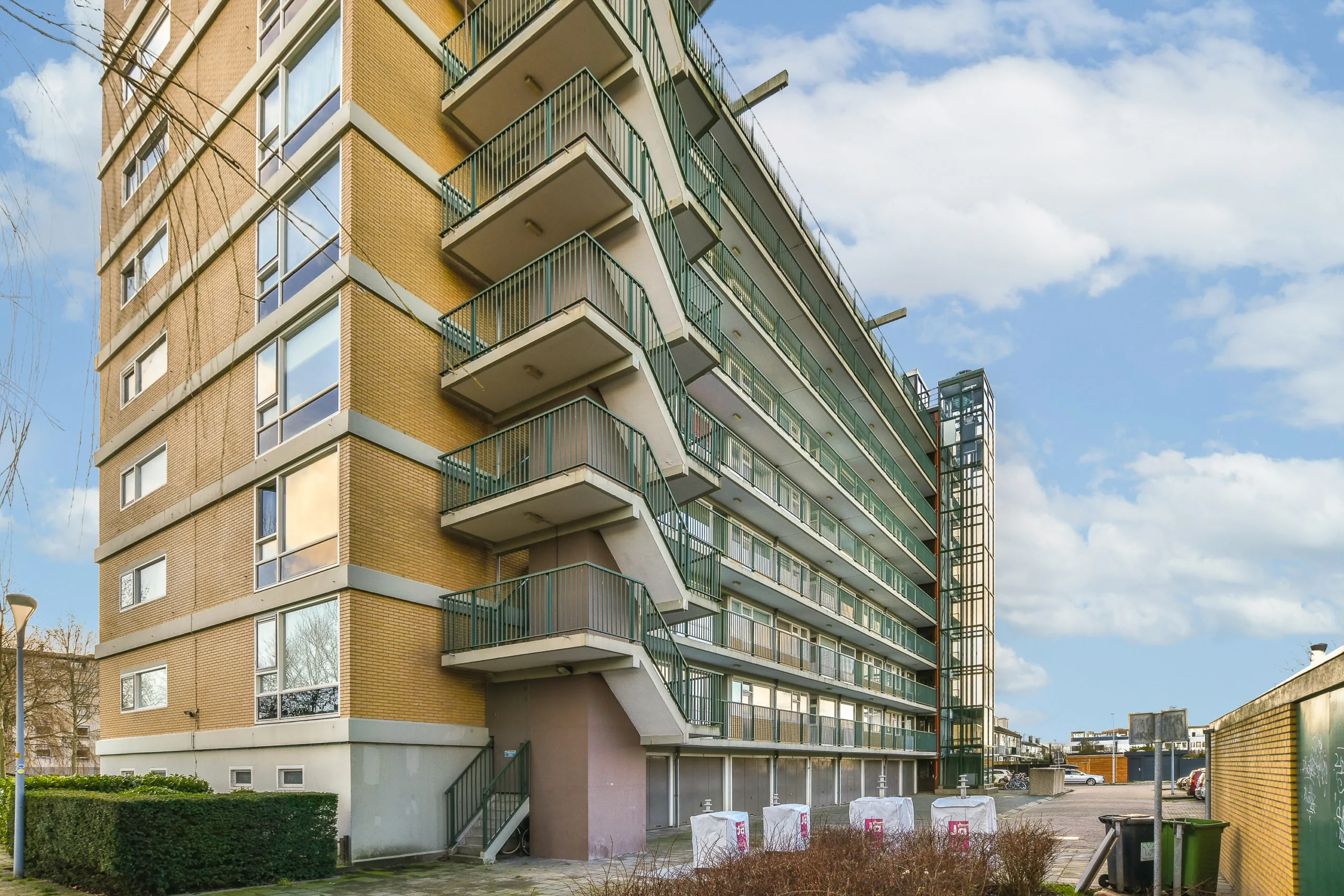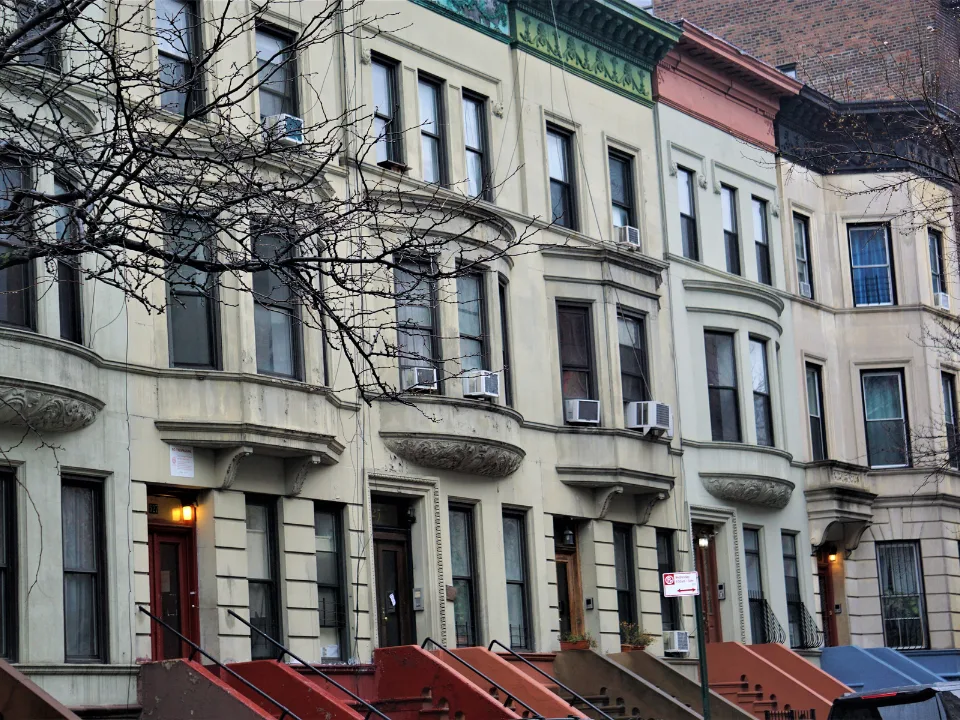- Recent tariff threats and reversals under President Trump are disrupting leasing activity in port markets, delaying tenant decisions and clouding investment forecasts.
- Bonded warehouses and Foreign-Trade Zone (FTZ) facilities are seeing increased demand as logistics firms look to mitigate tariff exposure.
- Port markets such as Los Angeles and Long Beach are feeling the brunt of trade volatility, with container volumes fluctuating significantly month-to-month.
- While industrial demand tied to international trade is under pressure, regional distribution and local consumption—which drive 75% of logistics demand—remain stable.
Leasing Lags as Trade Policy Shifts
According to Commercial Search, US port real estate markets are under pressure as tenants respond to trade uncertainty. In April, President Trump announced sharp new tariffs, only to delay them weeks later. These shifts caused many companies to pause leasing.
Prologis, the largest US industrial landlord, said leasing fell by 20% in the first half of April. But the situation improved after a temporary cut in Chinese tariffs. In response, logistics firms—especially cross-border operators—resumed space searches.
Bonded Warehouses See a Boost
One clear winner in the trade chaos is bonded warehouses. These storage sites let companies hold goods without paying tariffs upfront. This gives importers flexibility while they wait to see if tariffs drop.
“We’re seeing more interest from logistics companies, especially near West Coast ports,” said Andy Martin, co-founder of Pacific IOS Ventures. “They want to store goods and release them later if the cost goes down.” But he warned that supply is limited.
Facilities in FTZs are also gaining traction. These zones help companies manage inventory and cash flow—key benefits for sectors like autos, tech, and pharmaceuticals.
Get Smarter about what matters in CRE
Stay ahead of trends in commercial real estate with CRE Daily – the free newsletter delivering everything you need to start your day in just 5-minutes
Port Volumes Show Big Swings
The Port of Los Angeles highlights how volatile the situation has become. In April, cargo volume jumped 9.4% from the year before as companies rushed to avoid tariffs. But in early May, imports dropped more than 30%. Over 20% of planned ship arrivals were canceled.
Yale’s Budget Lab reports that US tariffs hit 21.9% in May—the highest since 1909. These levels are pushing firms to change how and when they ship goods.
Not All Markets Feel the Same Impact
Trade hits ports unevenly, and so does its impact on port real estate. Los Angeles, Long Beach, New York/New Jersey, and Laredo handle most of the country’s foreign cargo. But inland markets feel less impact.
CBRE and Prologis report that 75% of industrial space demand comes from regional and last-mile delivery, not imports. This insulates most of the US market from tariff-related disruptions.
Still, large warehouse vacancies may stay high through 2025. Smaller spaces are seeing more demand as tenants shift strategies.
A Stronger Outlook Ahead
Experts expect the market to recover by 2026. “Demand will catch up with supply,” said Shubhra Jha of Standard Real Estate. “We may see a deeper dip now, but the rebound could be stronger.”
Brian Malliet of BKM Capital Partners agrees. He sees long-term demand staying strong due to e-commerce, reshoring, and new supply chain models.
Even in uncertain times, some assets—like bonded warehouses and FTZs—offer investors and tenants a way to adapt and stay ahead.

















